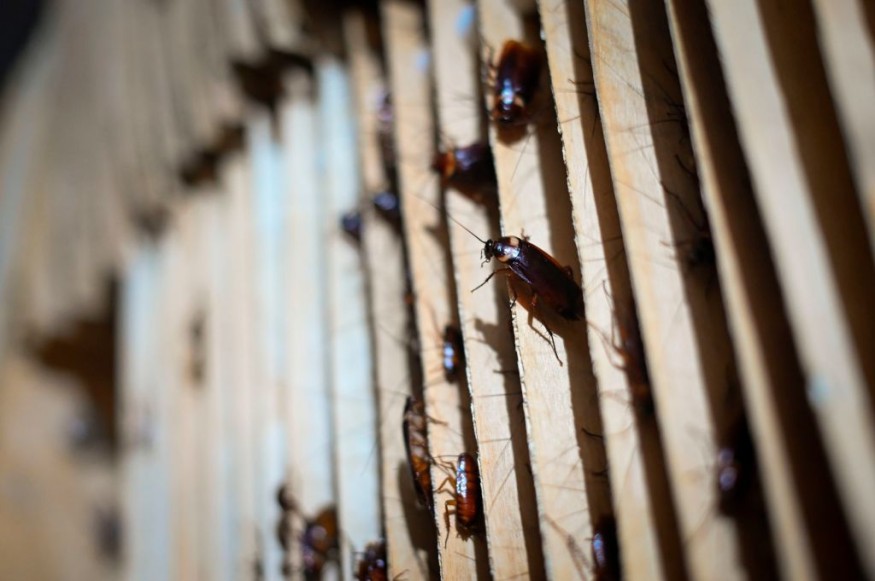Cockroaches have been depicted in movies and various accounts to survive a nuclear war alone; this is in addition to living microorganisms such as the tardigrades that is believed to withstand the impact of a nuclear blast and its radiation afterward.
While considered a pest in both domestic and agricultural settings, these bugs have been around Earth long before the emergence of modern humans and animals.
Experts have considered the notion that cockroaches alone will survive a nuclear apocalypse.
However, they claimed this is only partially true since the survivability of cockroaches will still depend on its species and location should a nuclear explosion occurs.
In addition, they also claimed that other animals could also survive a nuclear disaster and this is especially the case for radiation-resistant insects.
Animal studies have shown that cockroaches have existed for millions of years, even surviving the dinosaur-killing asteroid 66 million years ago, which wiped out almost all species across the planet.
The cockroach's high survivability is due to its relatively high tolerance to radioactivity.
Earlier this year, Nature World News has also covered a number of animals that could survive during a nuclear war.
Cockroach Nuclear War Survival

Paul Eggleton, an entomology researcher at the Natural History Museum in London, told Newsweek that in all of his readings, it seems to portray that cockroaches surviving a nuclear war is an urban myth but with a resemblance of truth to it.
While an actual nuclear apocalypse has not occurred yet, all assessments regarding the cockroach's survival is based on morphological features.
Cockroaches, like most insects, are less impacted by radioactivity than mammals.
In general, bugs possess slow cell cycles, wherein cells are prone to radiation damage during cellular division. Insect cells divide less frequently compared to mammalian cells, which includes human cells.
As a result, insects are less likely affected by an instant radiation blast since it captures their cells less dividing, Eggleton added.
Extinct Cockroach Species
The discussion about the cockroach nuclear war survival comes as a previously though extinct cockroach species was found on Lord Howe Island in Australia.
The wingless cockroach specimen was last seen over 80 years ago.
They were thought to became extinct due to the introduction of rats on the island.
According to the Smithsonian Magazine, there are approximately 4,500 cockroach species worldwide but only 30 species are considered as pests, which are considered a nuisance or plague for humanity.
In the United States, the most common species is the American cockroach (Periplaneta americana) and German cockroach (Blattella germanica).
Cockroaches, although considered to be a successful species, experts have reportedly agreed that a lot of insects will also survive a nuclear event, as well as arthropods like scorpions.
A number of invertebrates could also survive, The Guardian noted.
Without removing any credit to the bugs, the survivability of cockroaches is also high due to their adaptability when it comes to eating food, including carcasses.
In a theoretical nuclear apocalypse world, these animals can almost eat anything organic.
Related Article: Survival 101: Here are 7 Animals That Can Survive a Nuclear War
© 2025 NatureWorldNews.com All rights reserved. Do not reproduce without permission.





